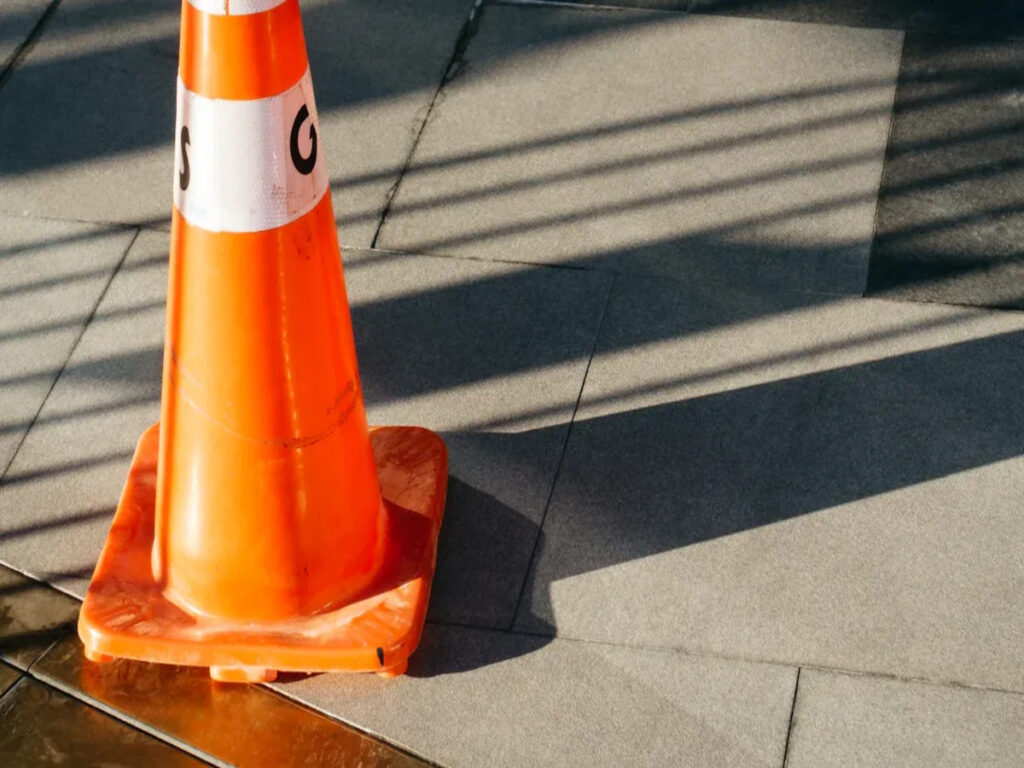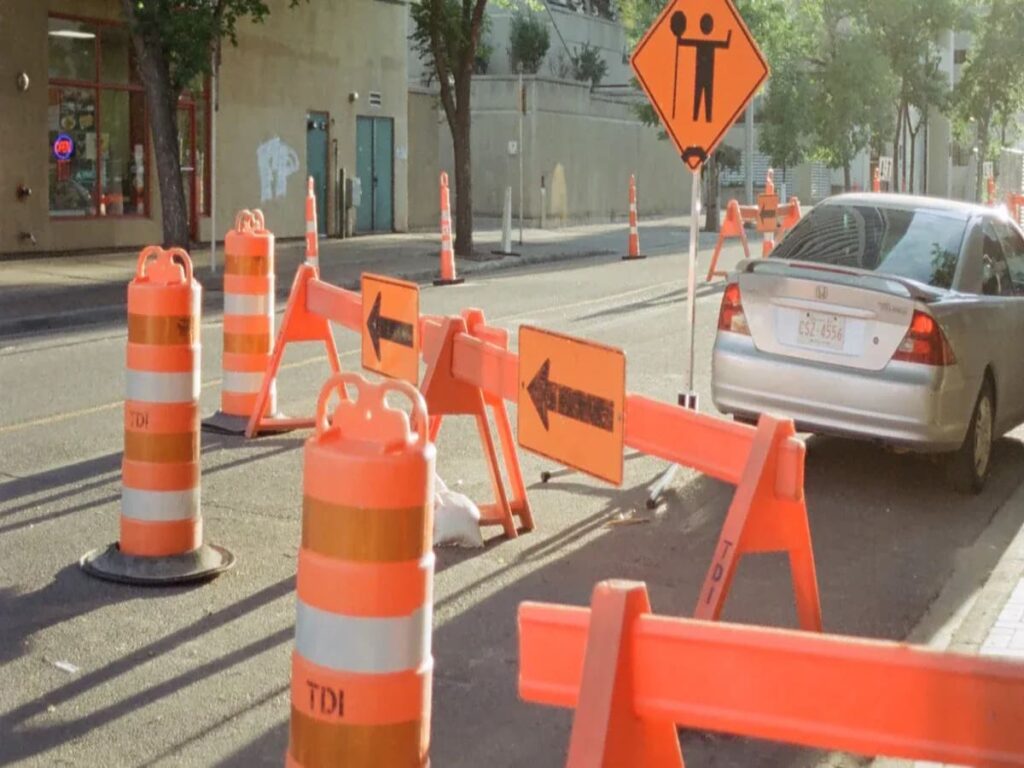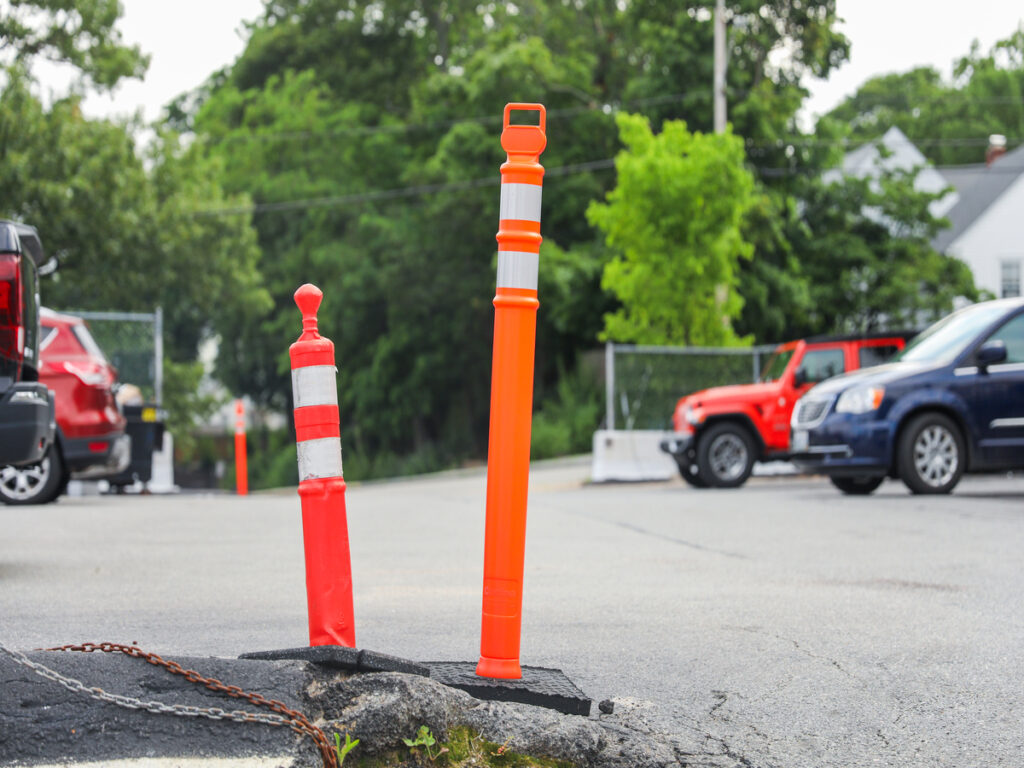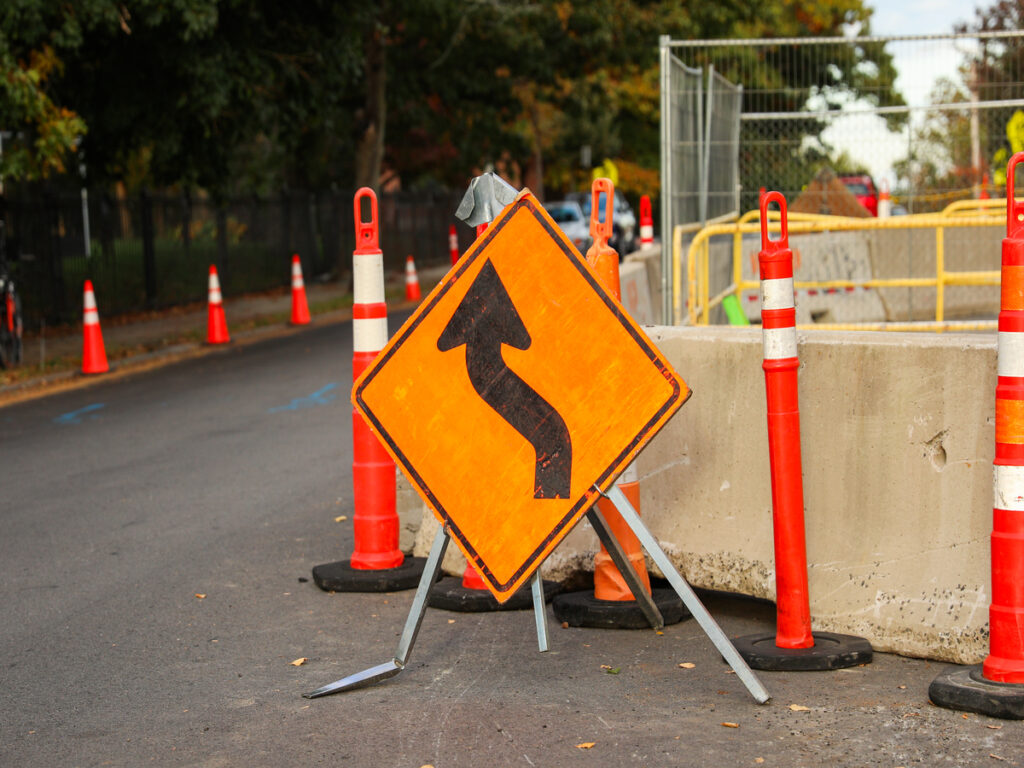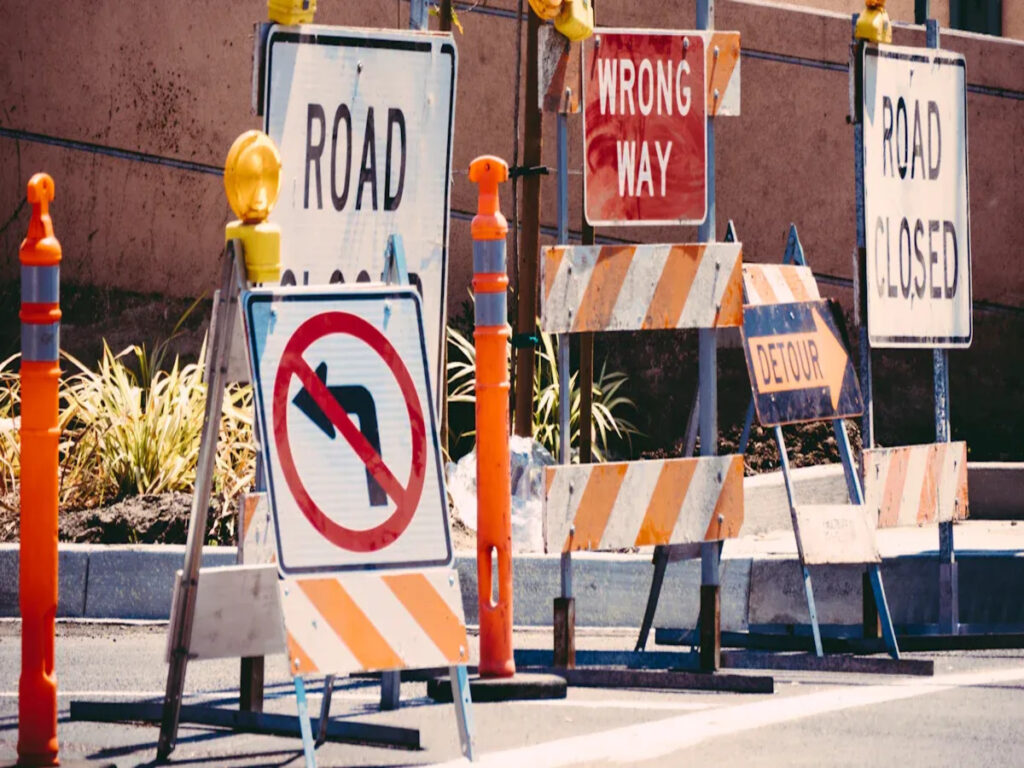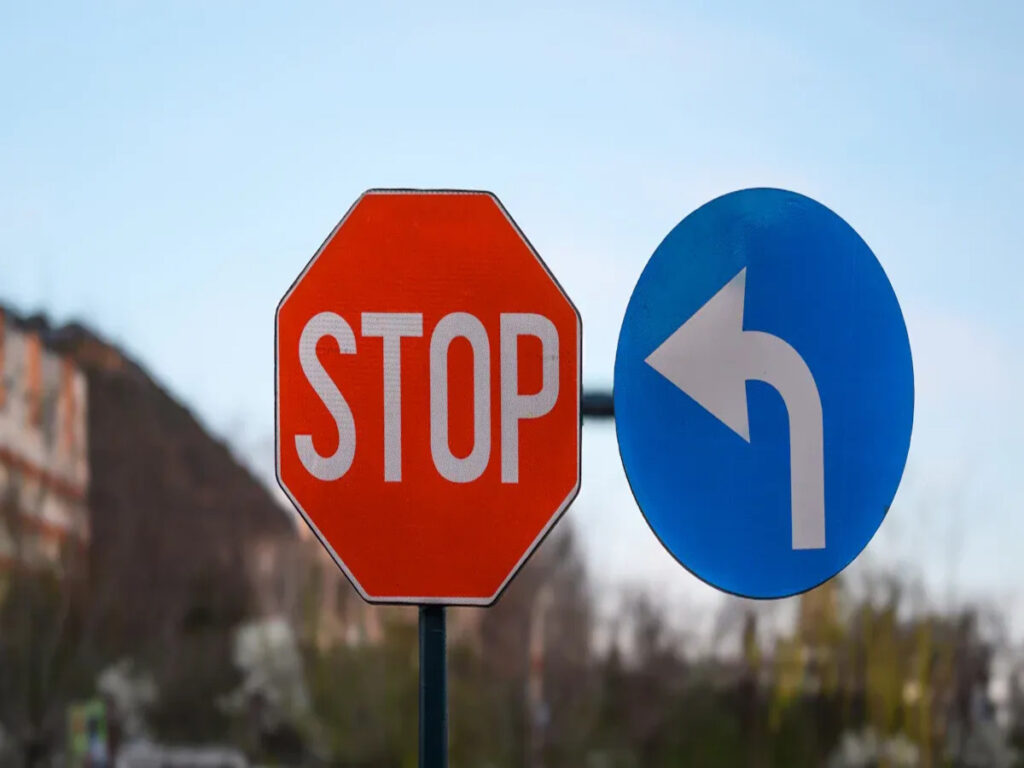
Aula 1 A folha reflexiva é definida por AS/NZS 1906.1. Ele fornece refletividade de grau de engenharia para sinais de estrada não críticos. Estes são usados em lugares com menos tráfego na Austrália. Os sinais de trânsito refletivos ajudam a manter as ruas da cidade e do bairro seguras. Eles são muito importantes quando é escuro ou difícil de ver. Estudos mostram que tornar os sinais mais fáceis de ver podem diminuir as taxas de colisão até 52% em alguns lugares.
| Localização | Intervenção | Impacto na segurança rodoviária |
|---|---|---|
| Fênix, Arizona | Sinais de trânsito inteligentes com radar e câmeras | 20% menos acidentes em um ano |
| Oslo, Noruega | Sinais de cruzamento de pedestres inteligentes com sensores e LEDs térmicos | 37% cair em incidentes de pedestres |
Planejadores de tráfego, criadores de sinais, E as equipes de construção procuram maneiras de manter as pessoas seguras. Eles também querem seguir as regras e economizar dinheiro. Aula 1 As folhas dura muito tempo e atende aos principais padrões. Isso o torna uma escolha boa e barata para sinais não críticos em áreas tranquilas.
Na OPTRAFFIC, Nós fornecemos alta qualidade Sinais de segurança no trânsito que atendem aos padrões australianos. Nossos sinais de segurança para venda usam materiais duráveis e confiáveis, garantir um desempenho duradouro, mesmo em ambientes menos exigentes.
Explore nossa variedade de Sinais reflexivos Projetado para segurança e conformidade, Perfeito para várias aplicações em toda a Austrália.
Takeaways -chave
- Aula 1 As folhas reflexivas facilitam a ver os sinais de trânsito. Funciona bem em ruas tranquilas da cidade e do bairro. Isso ajuda a manter as pessoas seguras à noite e quando o tempo está ruim.
- Esta folha pode durar fora por cinco a sete anos. Não é danificado facilmente pelo clima. Precisa de muito pouco cuidado, Então economiza dinheiro e funciona bem.
- Segue as regras de segurança australianas (AS/NZS 1906.1). Isso significa que é seguro e legal para sinais como limites de velocidade e nomes de ruas.
- Aula 1 As chances são simples de colocar porque tem uma volta forte. Limpar o sinal e colocá -lo no lugar certo o mantém brilhante e fácil de ver.
- Aula 1 As chances são boas para estradas tranquilas com carros lentos. Lugares ocupados ou escuros podem precisar de melhores materiais refletivos para serem mais seguros.
Aula 1 Folha reflexiva

Definição & Padrões
Aula 1 Folha reflexiva é um material para sinais de trânsito. Ajuda as pessoas a ver sinais à noite ou quando o tempo está ruim. O AS/NZS 1906.1 O padrão na Austrália fornece as regras para esta folha. Muitos criadores chamam “Grau de engenharia” porque usa contas de vidro para refletir a luz. Isso ajuda os motoristas a encontrar sinais quando seus faróis brilham neles.
O 3M® 3290 Felas reflexivas de grau de engenheiro é um exemplo famoso. Ele encontra ASTM D 4956 Tipo I e classe 1 regras. Esta folha tem uma volta pegajosa, Portanto, é fácil colocar sinais. Pode durar cinco a sete anos fora, Mesmo em clima difícil. Essas regras garantem que os sinais com a classe 1 Felas permanecem seguras e trabalhe bem.
Principais recursos
Aula 1 A folha reflexiva tem alguns recursos principais:
- Ele usa contas de vidro para enviar luz de volta aos drivers.
- Ajuda as pessoas a ver sinais não críticos, como limites de velocidade ou nomes de ruas.
- Funciona bem por cinco a sete anos, mesmo em sol, chuva, ou vento.
- Tem uma volta forte, Então é fácil de usar.
- Não precisa de muito cuidado ao longo do tempo.
Observação: Aula 1 As folhas têm o menor desempenho de reabilitação de todas as classes. Não é bom para sinais que devem ser muito brilhantes, como sinais de aviso em estradas movimentadas.
Um estudo mostrou que o quão bem a folha funciona depende de coisas como a marca, cor, e os motoristas de ângulo veem o sinal. Ao longo do tempo, essas coisas podem mudar a quantidade de luz que o sinal reflete. Mas em lugares com pouco tráfego, Aula 1 As folhas ainda oferecem luz e segurança suficientes.
| Recurso | Aula 1 Folha reflexiva |
|---|---|
| Tipo de reabilitação | Contas de vidro da lente fechada |
| Vida útil típica | 5-7 anos |
| Aplicativo | Sinais de trânsito não críticos |
| Manutenção | Baixo |
| Adesivo | Sensível à pressão |
Adequação para áreas de baixo tráfego
Aula 1 As chances reflexivas são melhores para lugares com pouco tráfego e carros lentos. Ruas urbanas, bairros, e as estradas locais costumam usar esta folha. Esses lugares não precisam dos sinais mais brilhantes porque os carros se movem lentamente e os motoristas têm mais tempo.
Sinais feitos com aula 1 Felas ajudam os motoristas a ver à noite ou na chuva. Por exemplo, sinais de limite de velocidade, Placas de nomes da rua, e sinais de estacionamento em áreas tranquilas usam este material. A folha salta os faróis de volta ao motorista, Portanto, o sinal é fácil de ver.
Aula 1 As folhas também são boas para estacionamentos, pequenas travessias, e caminhos públicos. Esses lugares precisam de materiais baratos que ainda mantêm as pessoas seguras. Usando as/nzs 1906.1, Conselhos e trabalhadores garantem que todos os sinais sejam fáceis de ver e seguros de usar.
Desempenho
Refletividade & Visibilidade
Aula 1 As chances reflexivas ajudam os motoristas a ver sinais à noite e com mau tempo. O Departamento de Transportes de Queensland e as principais estradas descobriram que a folha de retroreflexão da Classe 1W permite que os motoristas sinalizem sinais de over 300 metros de distância à noite. Isso é muito além do 90 medidores para aula 2 sinalização. Cones de segurança com classe 1 colares reflexivos estavam fazendo 280% mais visível em testes por austroads. Esses resultados significam que os sinais são muito mais fáceis de ver, mesmo quando está escuro ou chovendo.
- Aula 1 As folhas têm contas de vidro que enviam luz de volta aos motoristas.
- Funciona bem de muitos ângulos e em iluminação diferente.
- Os motoristas podem ver sinais de longe, Então eles têm mais tempo para reagir.
Os artigos técnicos dizem que o desempenho da abastecimento depende de coisas como o ângulo e a cor. Os padrões da ASTM estabelecem regras para a quantidade de luz que a enchimento deve refletir. Isso garante que os sinais sejam fáceis de ver quando as pessoas estão dirigindo. Aula 1 As abalagens são uma boa opção para sinais de trânsito refletivos em cidades e bairros.
Durabilidade
Aula 1 A folha reflexiva dura anos, Mesmo em clima difícil. Os fabricantes usam um adesivo sensível à pressão, Então ela permanece bem com sinais de metal. O material não rachou, escala, ou poço facilmente. Testes ao ar livre mostram essa aula 1 As folhas mantêm 50 a 80% de sua refletividade depois de anos fora.
Dica: Sinais limpos frequentemente para mantê -los brilhantes e coloridos. Isso os ajuda a permanecer fácil de ver.
Testes de laboratório Copiar anos de sol, chuva, e calor. Esses testes mostram que a folha não descasca ou desaparece rapidamente. As regras de cor e brilho ajudam os sinais de tráfego reflexivo a ficarem bons durante o dia. Conselhos e Trabalhadores da estrada aula de confiança 1 As folhas porque atendem a regras rigorosas e mantém as estradas seguras.
Custo-efetividade
Aula 1 As chances reflexivas oferecem um bom desempenho por um preço justo. Torna sinais fáceis de ver em estradas tranquilas sem custar muito. Conselhos e grupos economizam dinheiro porque a folha dura de cinco a sete anos e precisa de pouco cuidado.
| Aspecto | Benefício para a classe 1 Folha reflexiva |
|---|---|
| Custo inicial | Alternativas inferiores ao de alto grau |
| Manutenção | Substituição pouco frequente e manutenção baixa |
| Economia de energia | Não há necessidade de iluminação extra na maioria dos casos |
| Durabilidade | Desempenho confiável ao longo de vários anos |
| Segurança | A visibilidade aprimorada reduz o risco de acidente |
O Departamento de Transporte dos EUA diz que os sinais com alta refletividade podem reduzir as taxas de colisão até 46%. Alguma folha premium dura mais tempo, mas aula 1 As chances ainda são uma escolha inteligente e barata para sinais de trânsito refletivos, onde não são necessários sinais super brilhantes. Isso ajuda os conselhos a manter as pessoas seguras e gerenciar seus orçamentos.
Cenários de aplicação para estradas de baixo tráfego
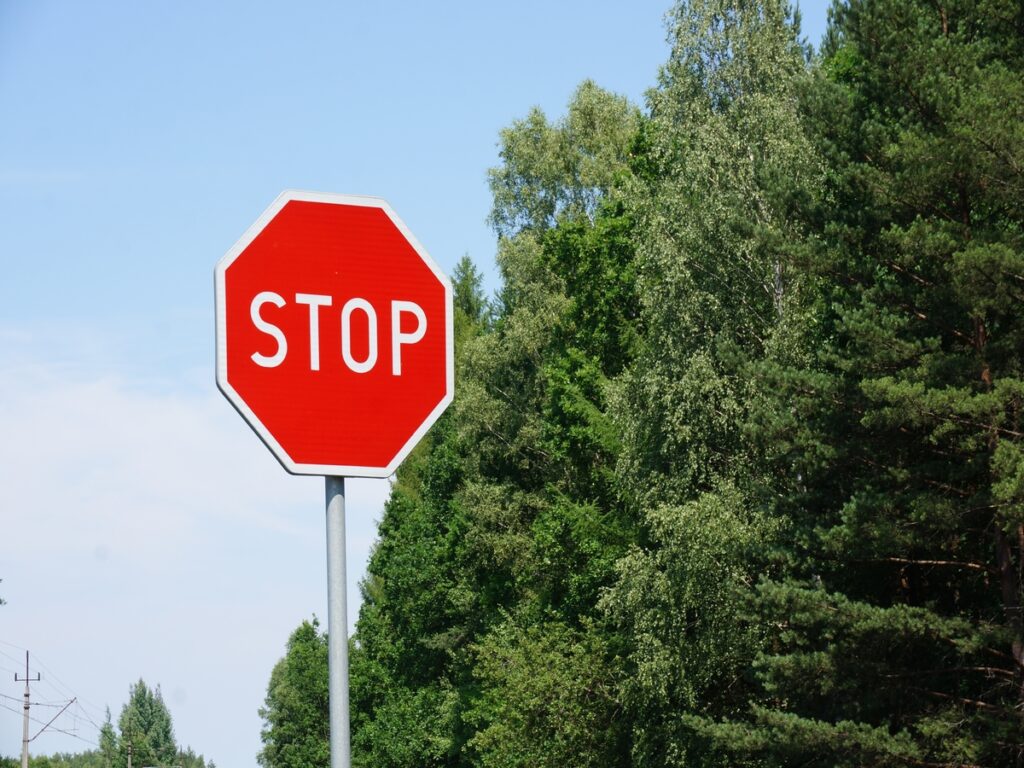
Urbano & Ruas residenciais
Ruas urbanas e residenciais têm tráfego lento e não muitos carros. Conselhos usam a classe 1 Felas reflexivas para sinais aqui. Sinais de limite de velocidade, STOP SIGNS, e cruzamentos usam este material. Os motoristas veem esses sinais bem à noite ou com mau tempo. Crianças e famílias andam ou andam de bicicleta nessas áreas. Sinais claros ajudam a manter todos em segurança. Conselhos locais escolhem aula 1 Felas porque é fácil de ver e não caro.
Infraestrutura não crítica
Alguns lugares não precisam dos sinais mais brilhantes. Estacionamento, Pequenas interseções, e caminhos públicos usam aula 1 Folha reflexiva. Esses pontos têm menos perigo e menos carros. Sinais aqui mostram regras de estacionamento, setas, e avisos de caminho. As equipes de manutenção acham a folha simples de usar e dura muito tempo. A cola forte mantém as assinaturas na chuva, sol, e vento. Isso faz da aula 1 Aparelhando uma escolha inteligente para infraestrutura não crítica.
Conformidade com AS/NZS 1906.1
A seguir, os padrões australianos são importantes para a segurança rodoviária. Aula 1 A folha reflexiva atende ao AS/NZS 1906.1 padrão. Isso significa que os sinais de trânsito refletivos são legais e seguros para todos. A tabela abaixo lista os principais recursos que ajudam com a conformidade:
| Parâmetro | Detalhes |
|---|---|
| Material | Filme de PVC amarelo fluorescente com chapa reflexiva micro-prismática |
| Refletividade | Encontra ou excede como/nzs 1906.1 Aula 1 padrões |
| Resistência ao tempo | Resistente a UV, impermeável, à prova de corrosão, suporta temperaturas extremas |
| Durabilidade | Resistente a lágrimas, UV estável, duradouro |
| Conformidade | AS/NZS 1906.1 Aula 1 compatível, Atendendo aos padrões de segurança rodoviária australiana |
| ÍNDICE RETROROREFLETION | Mínimo 150 CD/lux/m² em ângulo de entrada de 0,2 ° |
| Adesivo | Forte, Backing adesivo permanente para aplicação segura |
| Temperatura de serviço | -40° C a +80 ° C. |
- A abreção torna os sinais brilhantes e fáceis de ver.
- Isso resiste ao clima, luz solar, e dano.
- As costas pegajosas tornam a colocação de sinais simples e seguros.
- Conselhos e trabalhadores podem confiar nesses materiais para sinais em estradas tranquilas.
Como escolher e instalar aula 1 Folha reflexiva
Escolhendo as chances certas
Para escolher as chances reflexivas certas, você deve saber a estrada. Os planejadores de trânsito contam quantos carros usam a estrada todos os dias. Eles também veem se há luzes de rua suficientes. Em estradas tranquilas, estacionamento, e caminhos locais, Aula 1 As chances reflexivas costumam ser suficientes. Dá um bom brilho para motoristas e pessoas andando. Não custa muito.
Uma mesa simples ajuda a comparar as aulas:
| Recurso | Aula 1 | Aula 2 | Aula 3 |
|---|---|---|---|
| Refletividade | Padrão | Alto | Muito alto |
| Melhor uso | Estradas de baixo tráfego | Estradas principais | Rodovias |
| Custo | Baixo | Médio | Alto |
Aula 1 As chances são boas para sinais de trânsito refletivos que não são críticos. Se a estrada estiver ocupada ou uma rodovia, Os planejadores podem escolher a aula 2 ou classe 3. Estes dão mais brilho.
Melhores práticas de instalação
Os sinais devem ser colocados na maneira certa de permanecer seguro. Os trabalhadores devem fazer essas etapas:
- Limpe a placa para que não haja poeira ou graxa.
- Medir e marcar para onde as chances vão.
- Descasque as costas e coloque as lençóis sem problemas.
- Pressione com força para ficar bem.
- Veja o sinal de diferentes pontos para verificar se está claro.
Dica: Sempre use parafusos que não podem ser facilmente removidos. Coloque sinais altos o suficiente para motoristas e pessoas andando para ver.
Alguns erros estão colocando sinais para trás das árvores ou muito perto do chão. Esses erros tornam os sinais difíceis de identificar.
Conformidade regulatória
Para seguir as regras, você precisa dos materiais certos e boa instalação. Os conselhos devem usar a classe 1 Felas que se encaixam como/nzs 1906.1 padrões. Eles também precisam de um plano para colocar os sinais. Este plano deve escolher pontos abertos, Defina a altura certa, e use fixações fortes. Os cheques finais garantem que os sinais de trânsito reflexivos sejam fáceis de ver e seguros. Verificações e cuidados regulares mantêm sinais seguindo as regras. Este trabalho cuidadoso mantém todos os sinais legais e úteis para todos na estrada.
Análise de custo-benefício: Aula 1 vs outras classes refletivas
Vantagens da classe 1 Folha reflexiva
Aula 1 As chances reflexivas dão um bom valor pelo seu preço. Conselhos e grupos o escolhem para estradas com pouco tráfego. Custa menos do que tipos de grau superior. Você não precisa consertar isso com frequência, Então economiza dinheiro. A folha dura anos, Mesmo com mau tempo. Trabalhadores gostam porque as costas pegajosas facilitam a instalação.
Observação: Muitos conselhos usam a classe 1 Felas nas estradas da cidade e do bairro. Segue as regras australianas e mantém as pessoas seguras sem custar muito.
Limitações de classe 1 Folha reflexiva
Aula 1 As chances são melhores onde os carros se movem lentamente e não há muitos. Pode não ser brilhante o suficiente para rodovias ou travessias movimentadas. Em lugares escuros ou quando chove muito, Classes mais altas funcionam melhor. Os planejadores devem olhar para a estrada antes de escolher o material.
Uma lista de verificação simples ajuda você a escolher aula 1:
- A estrada é tranquila?
- Os carros vão devagar?
- Há luz suficiente?
Se você disser “sim” para a maioria, Aula 1 é uma escolha inteligente.
Comparação com classe 2 e classe 3 Felas
A tabela abaixo mostra as principais diferenças:
| Recurso | Aula 1 | Aula 2 | Aula 3 |
|---|---|---|---|
| Refletividade | Padrão | Alto | Muito alto |
| Melhor uso | Estradas locais | Estradas principais | Rodovias |
| Custo | Baixo | Médio | Alto |
| Vida útil | 5-7 anos | 7-10 anos | 10+ anos |
Aula 2 e classe 3 As folhas são mais brilhantes. Eles são melhores para rodovias, travessias complicadas, e lugares difíceis de ver. Aula 1 ainda é o melhor negócio para estradas e sinais tranquilos que não são urgentes. Os conselhos podem economizar dinheiro e manter as pessoas seguras escolhendo a aula certa para cada lugar.
Aula 1 A folha reflexiva ajuda as pessoas a ver sinais claramente nas estradas da cidade e do bairro. Dura muito tempo e não se desgasta rapidamente. Conselhos e planejadores escolhem porque economiza dinheiro e segue as regras australianas.
- Funciona bem para ruas tranquilas, estacionamento, e estradas locais.
- Colocá -lo é fácil e você não precisa corrigi -lo com frequência.
A verificação dos materiais de sinal geralmente ajuda a manter as estradas seguras quando o tráfego muda. Escolher a folha certa mantém todos em segurança e ajuda os conselhos a gastar dinheiro com sabedoria.
Para saber mais sobre as abalagens reflexivas para sinais de trânsito na Austrália, Confira nosso blog em Visão geral dos padrões refletivos de lençóis de sinais de trânsito na Austrália.
Perguntas frequentes
O que é classe 1 Felas reflexivas usadas para?
Aula 1 A folha reflexiva ajuda a tornar os sinais de estrada visíveis à noite ou com mau tempo. Os conselhos usam isso nas ruas locais, estacionamento, e caminhos públicos. Atende a áreas com baixo tráfego e veículos lentos.
Quanto tempo a classe 1 Felas reflexivas por último?
A maior parte da aula 1 A folha reflexiva dura entre cinco e sete anos ao ar livre. O material resiste à chuva, sol, e vento. A limpeza regular ajuda a manter os sinais brilhantes e fáceis de ver.
Class 1 Felas atendem aos padrões de segurança rodoviária australiana?
Sim, Aula 1 A folha reflexiva atende ao AS/NZS 1906.1 padrão. Conselhos e contratados podem confiar nele para sinais de trânsito legais e seguros na Austrália.
Os trabalhadores podem instalar aula 1 abastecendo -se?
Os trabalhadores podem instalar aula 1 Felas com ferramentas simples. Eles devem limpar o sinal, Aplique as abalagens suavemente, e pressione firmemente. Verificar o sinal de diferentes ângulos garante uma boa visibilidade.
Quando os planejadores devem escolher uma classe mais alta de chapa reflexiva?
Os planejadores devem selecionar classes mais altas, como classe 2 ou classe 3, para rodovias, cruzamentos ocupados, ou lugares com pouca iluminação. Essas áreas precisam de sinais mais brilhantes para melhor segurança.

